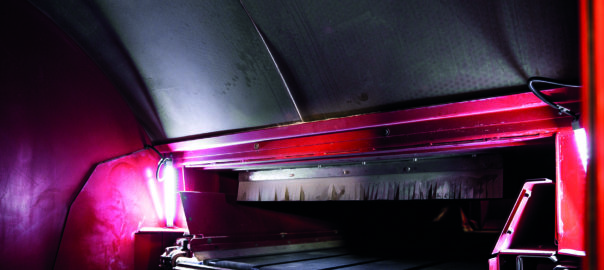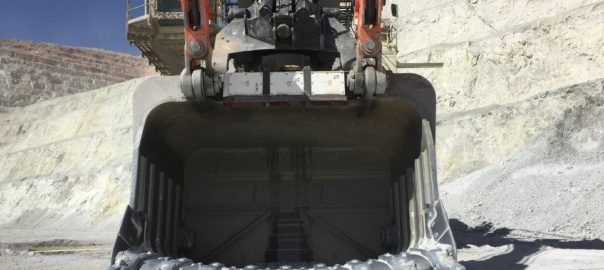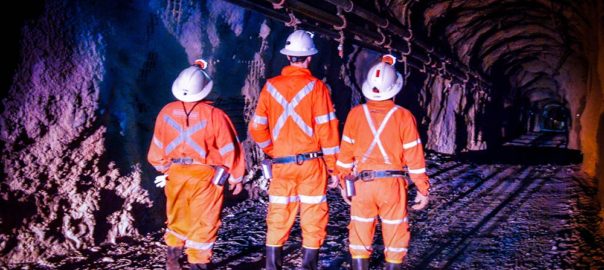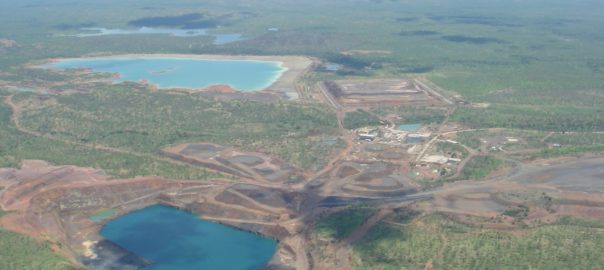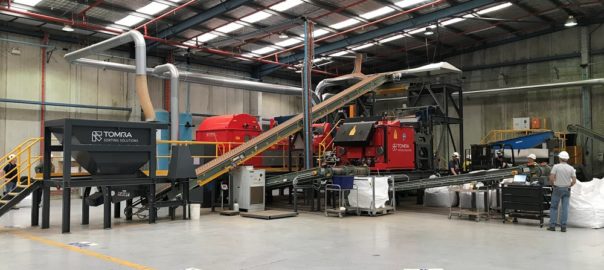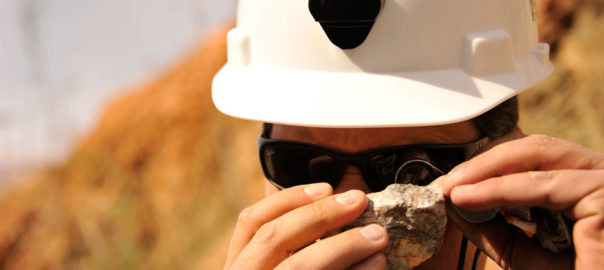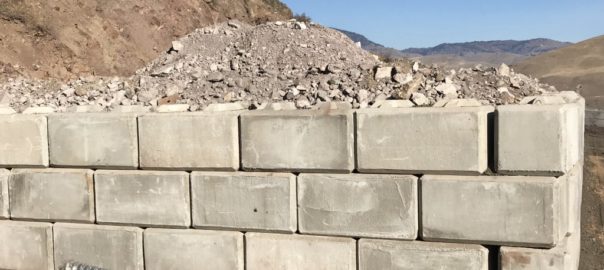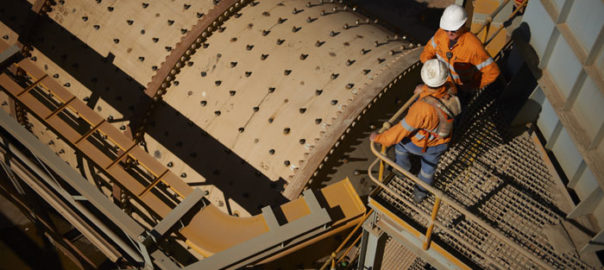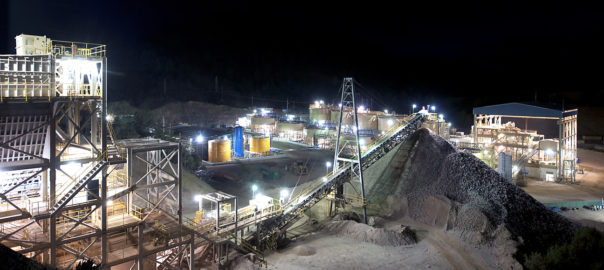X-ray Transmission (XRT) ore sorting is being rolled out across the industry, with companies mining metals and minerals from various parts of the periodic table taking advantage of its sensing capabilities.
South Africa mineral processing company, Imilingo gave an exclusive world-first preview of its latest innovations in sensor-based sorting at the Electra Mining conference in Johannesburg last year. IM caught up with Managing Director, Jaco Prinsloo, to find out more about the company’s offering.
IM: How does Imilingo’s ore sorting offering differ from others on the market?
JP: Imilingo utilises mainly XRT sorting, which is at the forefront of sorting technology in diamond and tungsten applications. Imilingo’s iPlant packages the technology in a way that optimises the efficiency of the sorting machines and provides customers the advantage of dealing with a tried and tested system versus a system made up of a combination of components that are possibly less than ideal for their application. The mobility of the plants also plays a big part in providing the client with a workable solution in African countries and abroad.
IM: Do you use ore sorters from some of the major suppliers and then integrate them into your iPlant offering?
JP: Yes, we have built a strong working relationship with TOMRA Sorting as they are at the forefront of sorting and have a proven track record. The iPlant was specifically developed to prepare material for sorting and delivering the feed material in a clean and well classified state, which increases the efficiency of the sorting process.
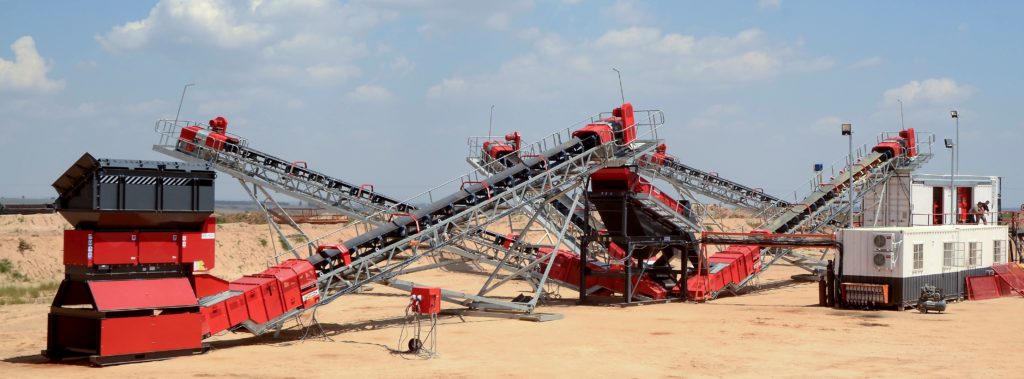
IM: How does this customisation result in the optimal conditions for an effective sort?
JP: Efficient material classification and fines removal is key to the sorting process and that is what we focus on when developing a plant. Factors such as operator safety and equipment reliability come standard with our bespoke plants.
IM: Why have you chosen to specialise in diamonds, coal and heavy metals?
JP: Diamond recovery is a clean and relatively simple process, which lends itself to the development of standalone modular plants that can easily be expanded based on a client’s requirements. Tungsten has a much higher specific gravity than the host rock containing it, making it a very effective sort and resulting in a very efficient upgrade of run-of-mine ore. In terms of coal, Imilingo had a test plant running in Middelburg (South Africa) that was relatively successful but not commercially viable at the time due to market constraints.
IM: Have you carried out any commercial coal installations?
JP: No, we have only run our own test plant but believe the coal market is up for the taking in terms of coal sorting. Based on the running of our test plant, we believe that there remains a great opportunity within the coal market for utilising XRT sorting.
IM: Since showcasing your offering at Electra Mining in September, what interest have you had from the mining community in terms of using your solutions?
JP: We have had many enquiries regarding our sorting and dredging solutions. The nature of mining projects is that time is required for projects to mature and convert into actual sales. We believe the main effect of the Electra show was to establish our name in the marketplace and create awareness of our offering, which has been achieved.
The upcoming IM March issue will feature an article on ore sorting






